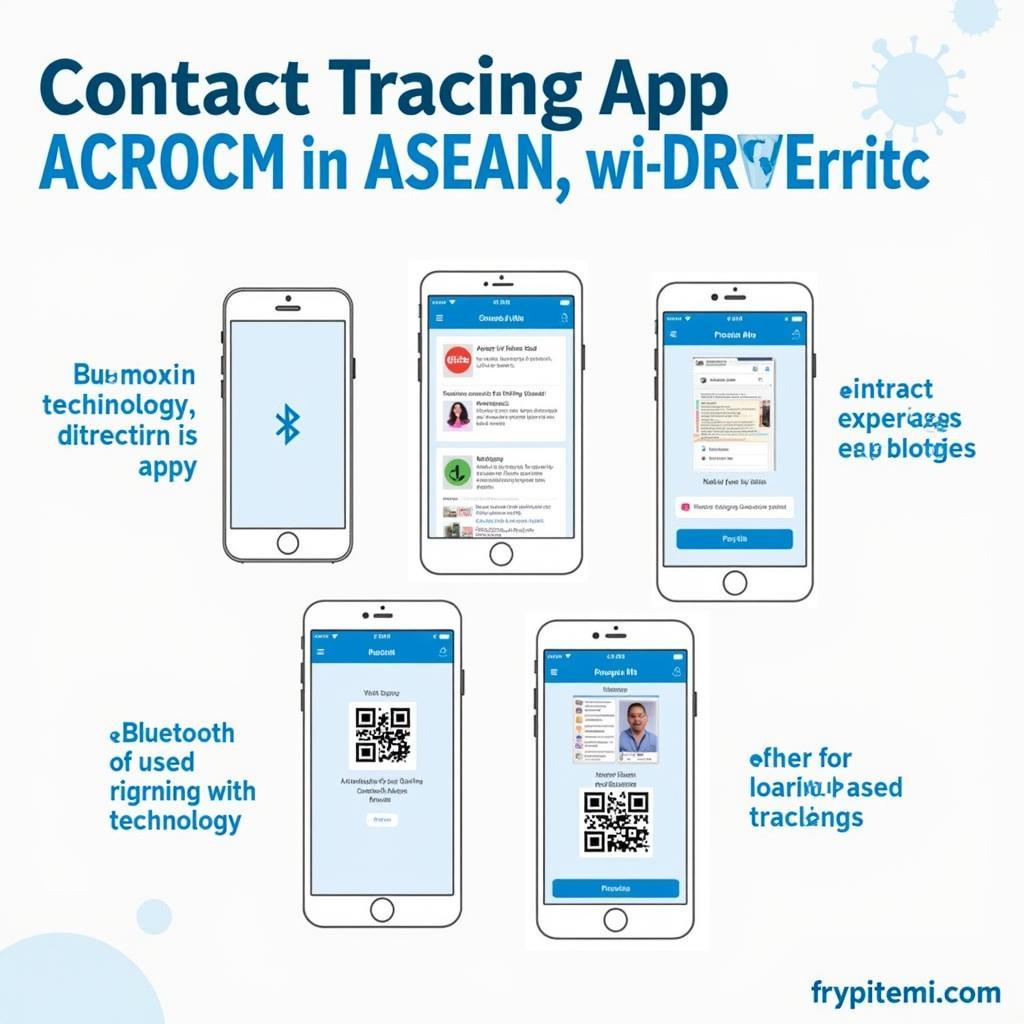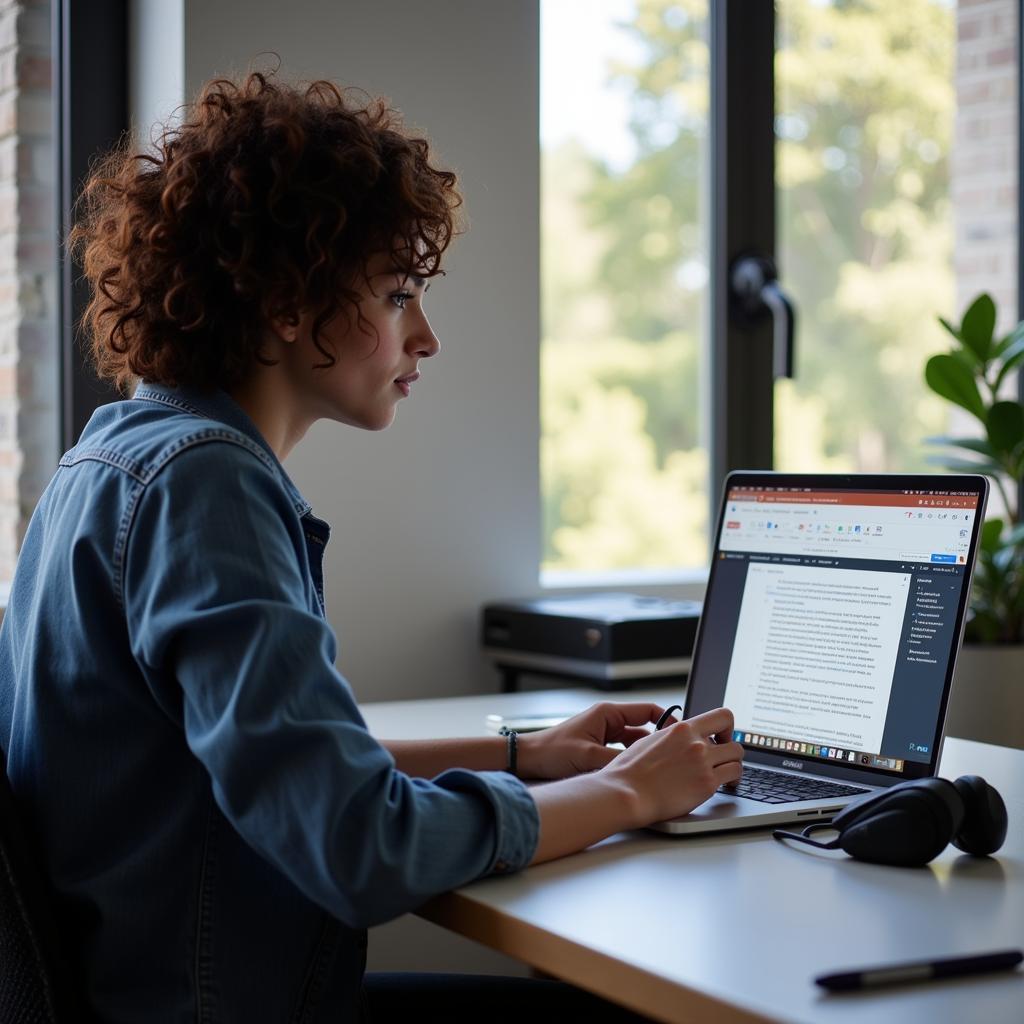The COVID-19 pandemic presented unprecedented challenges globally, and ASEAN countries were no exception. ASEAN testing coronavirus strategies were crucial in mitigating the spread and impact of the virus. This article explores the diverse approaches taken by Southeast Asian nations in tackling the pandemic through testing, tracing, and containment efforts.
Diverse Approaches to COVID-19 Testing Across ASEAN
ASEAN member states implemented a range of testing strategies, influenced by factors such as population density, healthcare infrastructure, and economic resources. Some countries adopted widespread testing early on, while others focused on targeted testing of high-risk groups. The effectiveness of these varied approaches played a significant role in shaping the trajectory of the pandemic within each nation. These diverse methods provided valuable insights into best practices for pandemic management in the region.
Different testing methods, including PCR and rapid antigen tests, were employed across the region. Each method has its own advantages and limitations in terms of accuracy, speed, and cost. The availability and accessibility of these tests varied considerably, impacting the overall testing capacity of each country. Understanding these nuances is crucial for assessing the effectiveness of ASEAN’s collective response to the pandemic.
The Role of Technology in ASEAN’s Coronavirus Testing Efforts
Technology played a crucial role in facilitating efficient and effective testing throughout Southeast Asia. Contact tracing apps were developed and implemented in several countries, helping to identify and monitor potential exposures to the virus. Digital platforms were also utilized for disseminating information, promoting public health guidelines, and coordinating testing efforts. These technological advancements proved instrumental in managing the pandemic and mitigating its impact.
 ASEAN Contact Tracing Apps
ASEAN Contact Tracing Apps
The use of technology also presented certain challenges, such as data privacy concerns and the digital divide. Ensuring equitable access to technology and addressing privacy concerns were crucial aspects of leveraging technology effectively for pandemic response. These challenges highlight the need for careful consideration and ethical implementation of technological solutions in public health crises.
Lessons Learned and Future Preparedness in ASEAN
The COVID-19 pandemic highlighted the importance of robust public health infrastructure and regional cooperation in responding to global health threats. ASEAN countries learned valuable lessons from the pandemic, including the need for enhanced testing capacity, improved surveillance systems, and strengthened cross-border collaboration. These lessons will inform future pandemic preparedness strategies within the region. The 2020 ase emergency response laid the foundation for future collaborative efforts.
Investing in research and development, strengthening healthcare systems, and fostering regional partnerships are essential for building resilience against future pandemics. The experience of navigating the COVID-19 crisis provided invaluable insights for strengthening regional health security and promoting a more coordinated and effective response to future health emergencies. The 2020 ase emergency proved the importance of swift action.
Conclusion
ASEAN testing coronavirus strategies played a vital role in managing the COVID-19 pandemic within the region. From diverse testing approaches to technological advancements, ASEAN countries demonstrated resilience and adaptability in facing the unprecedented challenges posed by the virus. The 2020 ase emergency highlighted the importance of preparedness. The lessons learned will be crucial in strengthening regional health security and ensuring better preparedness for future pandemics.
FAQ
- What were the main types of coronavirus tests used in ASEAN?
- How did technology contribute to ASEAN’s pandemic response?
- What were some of the challenges faced by ASEAN countries in implementing testing strategies?
- What lessons were learned from the pandemic regarding future preparedness?
- How can regional cooperation be strengthened to better respond to future health emergencies?
- What role did contact tracing play in controlling the spread of the virus?
- How did ASEAN countries address the issue of equitable access to testing?
Scenarios and Common Questions
Scenario: A traveler wants to know the current travel restrictions and testing requirements for entering an ASEAN country.
Question: What are the latest travel guidelines and testing protocols for entering [Specific ASEAN country]?
Scenario: A business owner wants to understand the impact of the pandemic on the economy of a specific ASEAN country.
Question: How has the COVID-19 pandemic affected the economy of [Specific ASEAN country]?
Further Exploration
For more information on ASEAN’s response to the COVID-19 pandemic, you can explore related articles on our website about the 2020 ase emergency.
Contact Us
For any assistance or inquiries, please contact us:
Phone: 0369020373
Email: [email protected]
Address: Thon Ngoc Lien, Hiep Hoa, Bac Giang, Vietnam.
We have a 24/7 customer support team.

